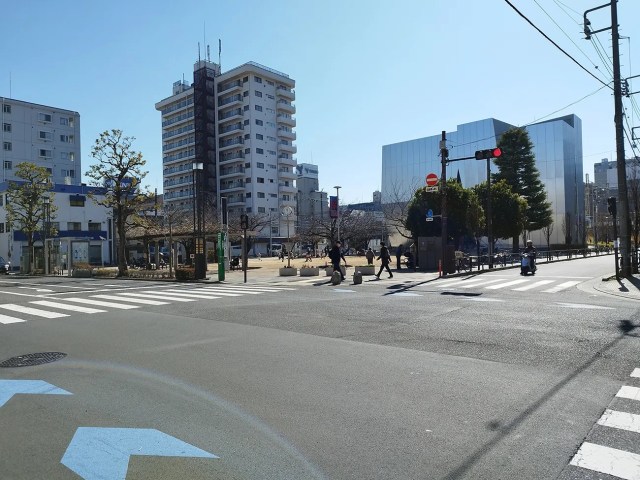
Street lids are now some of the city’s most unusual tourist sites, and there’s a way you can take them home as free souvenir cards.
Tokyo is a vast metropolis where you can find a large number of tourist sites ranging from historic shrines and temples to glitzy new museums that showcase interactive exhibits and celebrate the beauty of poo.
However, the streets themselves are so different to what many people are used to overseas that they can easily become a site of interest all of their own, and one thing that makes them particularly appealing is the unusual manhole covers.
Even standard manhole covers in Tokyo, like the one pictured above with an image of a sakura flower, are works of beauty that catch the eyes of out-of-towners, but the city is home to a slew of even more spectacular examples, and they’ve become so popular with overseas tourists that some go out of their way to track them down.
The hunt can take these visitors to some very random locations, including the backstreets of Sumida Ward, which surprised our reporter Seiji Nakazawa, so he took a trip out there to see what made these manhole covers so special. Hopping out of the station at Ryogoku, which is home to over half of the country’s active sumo stables and Ryogoku Kokugikan, the national sumo arena, he headed down the road and was surprised to find this was a residential area.
There wasn’t a lot to see here, away from the sumo area that tends to attract visitors from abroad, and as he walked down the street, the vibe was incredibly ordinary and non-tourist-like.
Turning into Hokusai-dori, Seiji realised he was now on the path to the Sumida Hokusai Museum, a museum dedicated to Katsushika Hokusai (1769-1849), one of Japan’s most esteemed ukiyoe artists.
The most beautiful thing on this street were the trees, which looked like something you’d see in a Hokusai print.
As he crossed at the traffic light in front of the Sumida Hokusai Museum, he found his first manhole cover…
…The Great Wave off Kanagawa!
This artwork by Hokusai is the most famous from his 36 Views of Mt. Fuji series of woodblock prints, and now, almost 200 years after it was created in 1831, it sits here as work of street art on a manhole cover.
Seiji was surprised to see something so beautiful outside of a museum, and as he took a closer look at it, he realised that foreign tourists knew what they were doing when it came to tracking down some of the city’s most spectacular sights, as this was definitely one of them.
This find was so unique and spellbinding it was well worth travelling for, and it got Seiji so interested that he decided to search for more details on the official site dedicated to the city’s so-called “design manholes” run by the Tokyo Metropolitan Bureau of Sewerage, which oversees the manhole covers. His search revealed there were another two nearby, so he headed over to check them out.
▼ The first one was decorated with “Hakkiyoi! Sekitori-kun”, the Sumo Association’s official character.
The second one, however, was a little harder to find, as it was simply described as being “in front of the sumo statue”. Seiji instinctively headed towards this sumo statue at the plaza in front of the west exit of the station, which looked like a good meeting spot, but couldn’t find a manhole cover anywhere near it.
After some more research, Seiji realised he was standing at the wrong sumo statue, as there was another one on the other side of the road.
▼ However, there was no manhole cover near this statue either.
As he walked around the area, he came across another statue…
▼ …but this wasn’t it either.
Seiji ended up walking up and down the street in front of the Kokugikan for about 30 minutes, before eventually giving up and crossing the road to the other side to get something to eat.
▼ And that’s when he finally found it!
This sumo statue was actually one of the furthest from JR Ryogoku Station, making it relatively hard to find, so if you do go searching for it, this is where it’s located.
The manhole cover at this location is a beautiful one that showcases Hokusai’s Fine Wind, Clear Morning, also known as Red Fuji, another lauded work from the Thirty-six Views of Mount Fuji series.
Ryogoku is a destination that fans of Hokusai will want to put on their itinerary, not only for the manhole covers but the points of interest that have been set up in the neighbourhood that help you “trace the footprints of Katsushika Hokusai, a world class painter of Sumida“.
▼ This is where you’ll find one of the most artful benches in Tokyo.
Now that Seiji has experienced the beauty of Ryogoku’s manhole covers, he can see why overseas tourists can’t get enough of them. Plus, an organisation called GKP, which stands for Gesui Koho Purattohomu (“Sewer System PR Platform”) has created an entire series of collectible cards that match the manhole covers, so you can even take a unique memento of your discoveries home with you.
The cards can be hard to find, but they’re usually distributed for free to those who ask at tourist information centres near the manhole covers. Alternatively, they’re available from the Tokyo Sewerage Museum in Koto Ward, and the Kuramae Water House in Taito Ward, but you’ll have to travel around to different establishments to collect different cards, as they’re exclusive to different areas.
One of the most sought-after manhole cards in Tokyo is the Godzilla one, which can be picked up at the Shinjuku Tourist Information Centre near the Godzilla manhole. With Japan’s drain covers adorned in everything from Pokémon to Hayao Miyazaki characters, there are loads of covers to see and cards to collect. Happy hunting, everyone!
Photos © SoraNews24
● Want to hear about SoraNews24’s latest articles as soon as they’re published? Follow us on Facebook and Twitter!
[ Read in Japanese ]

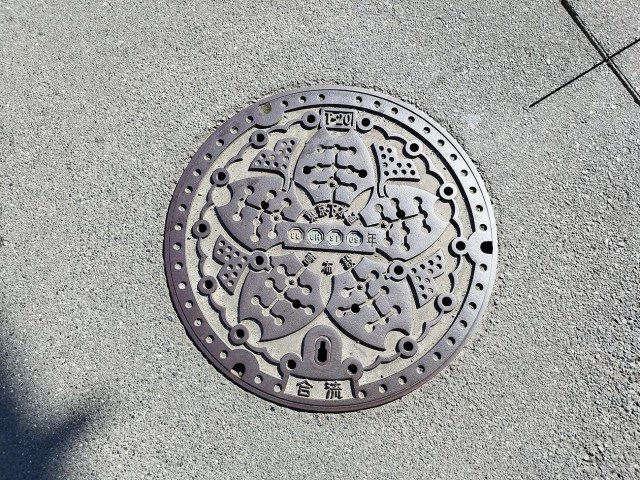
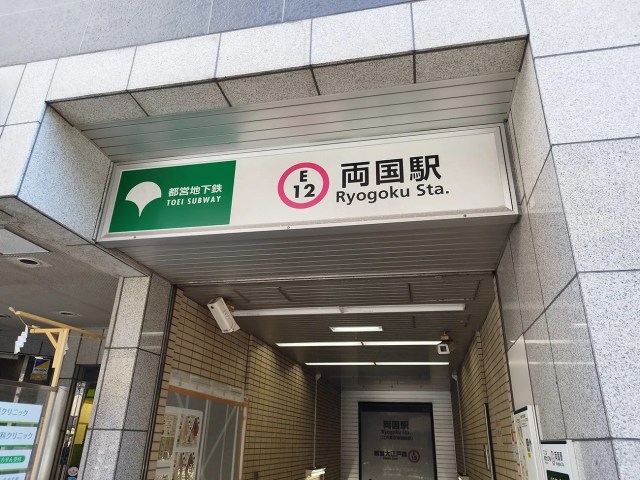
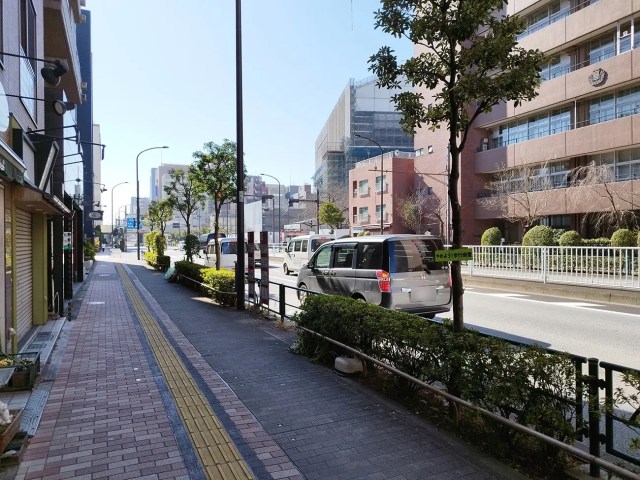
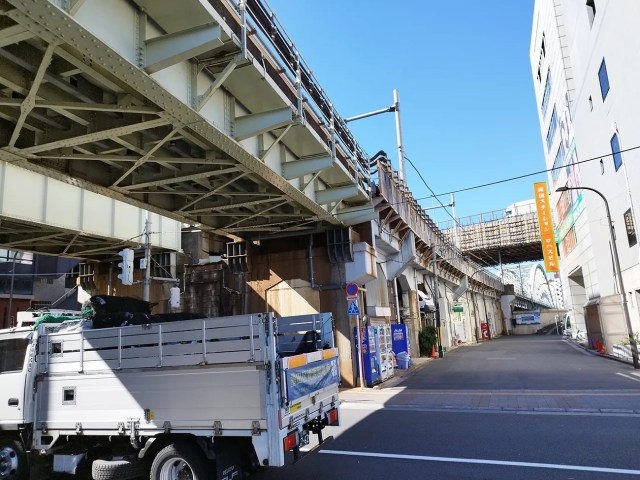
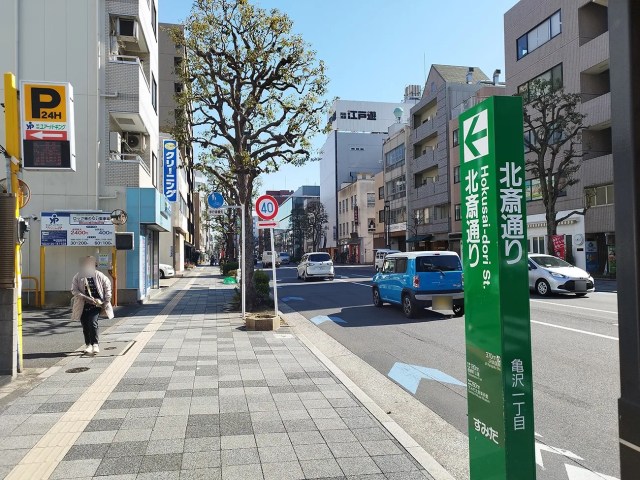

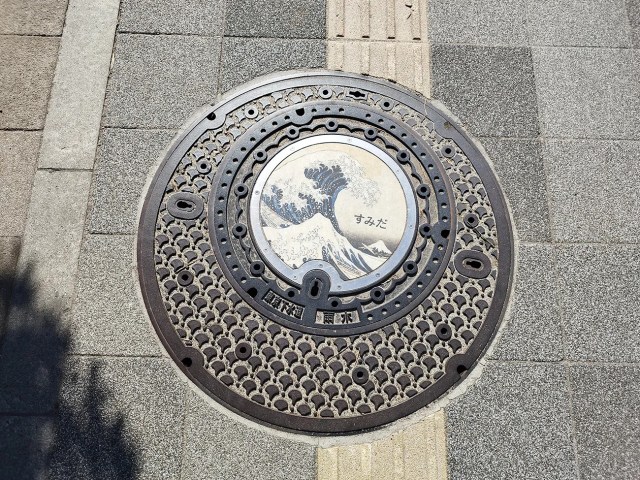
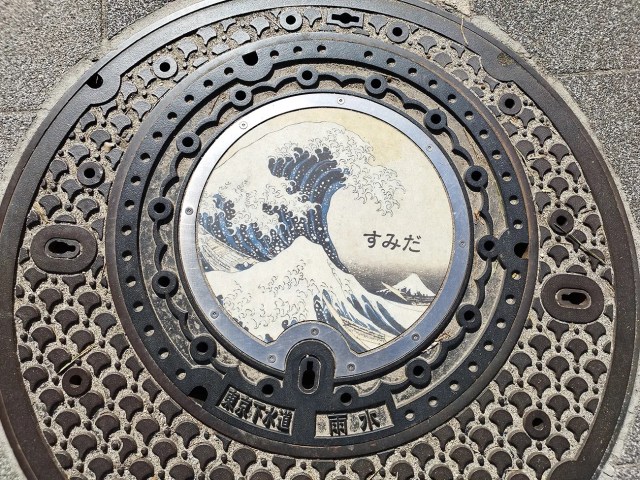
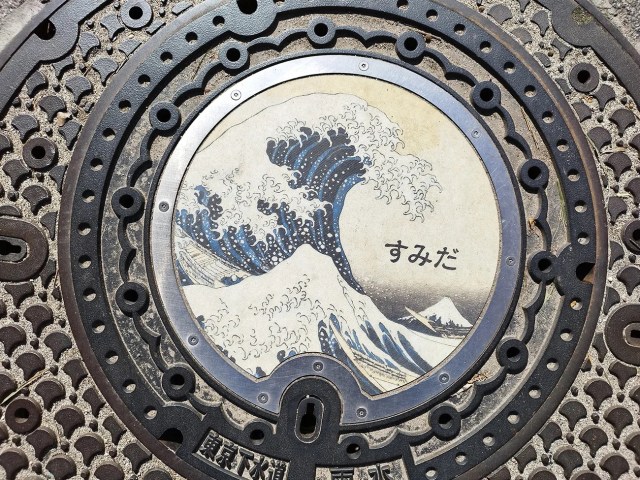
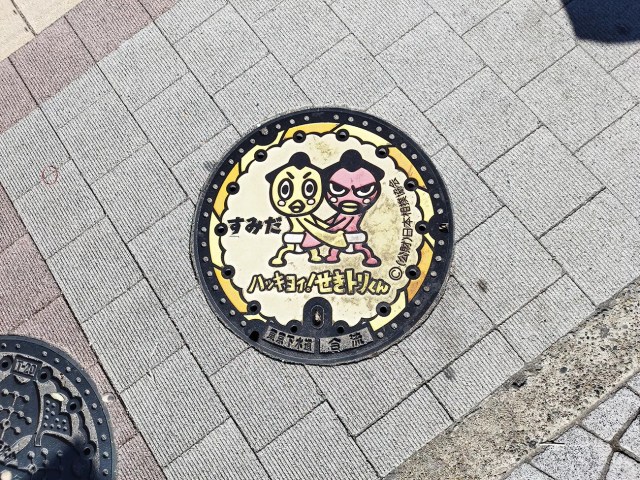
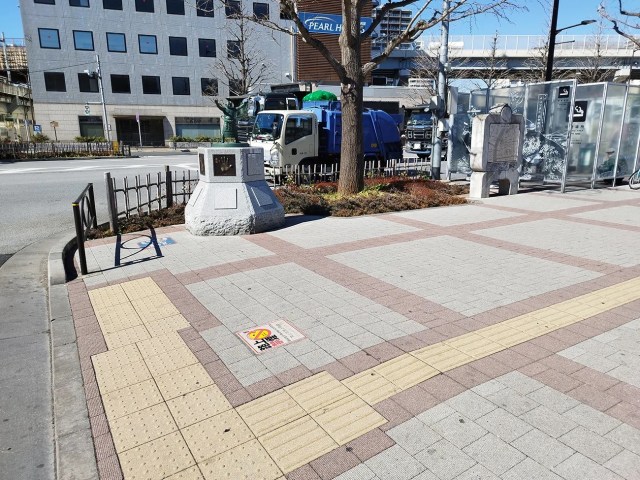
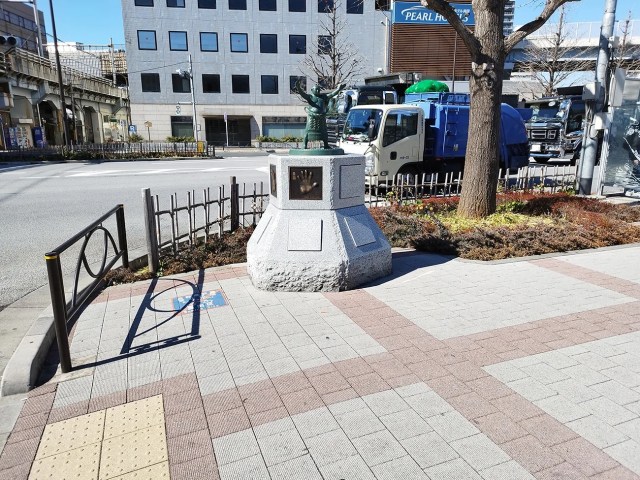
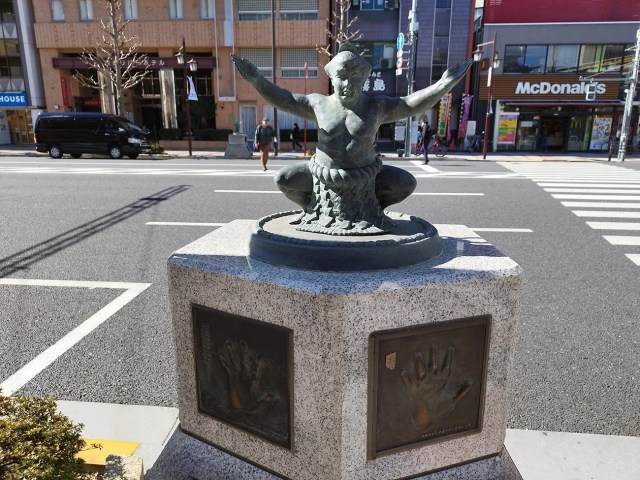
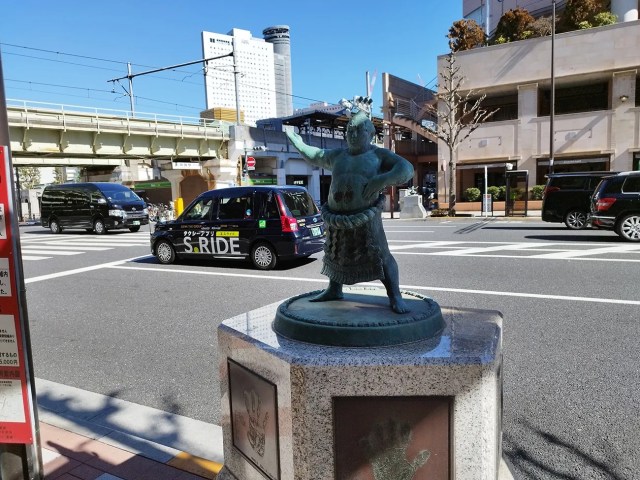
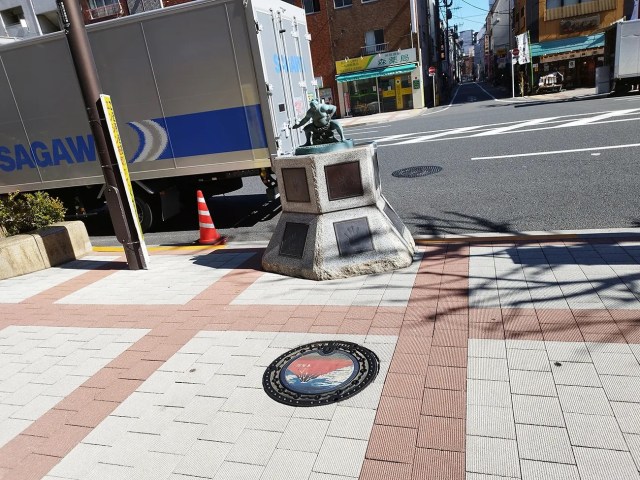
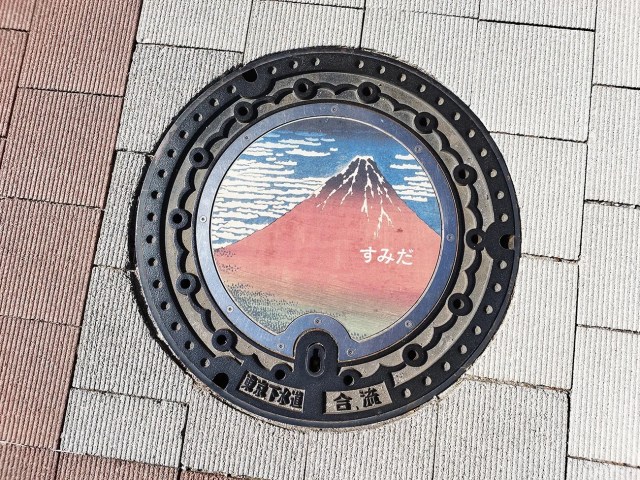
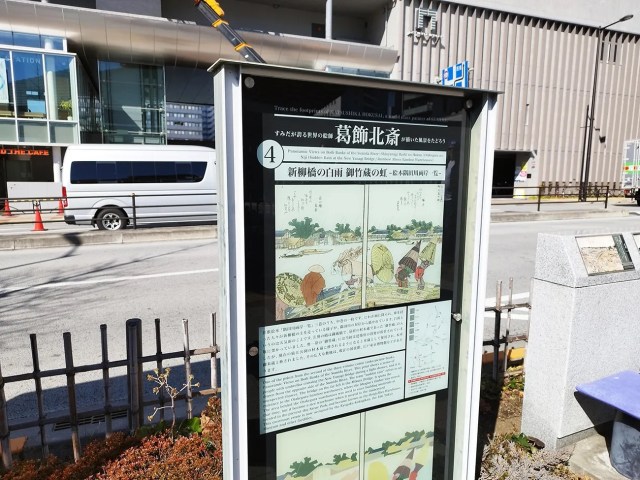
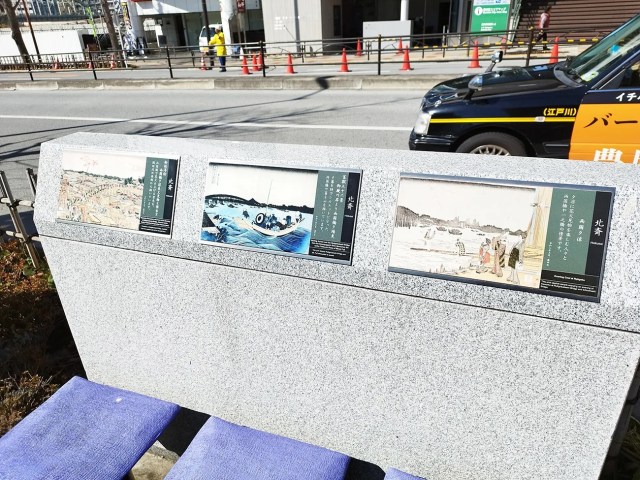
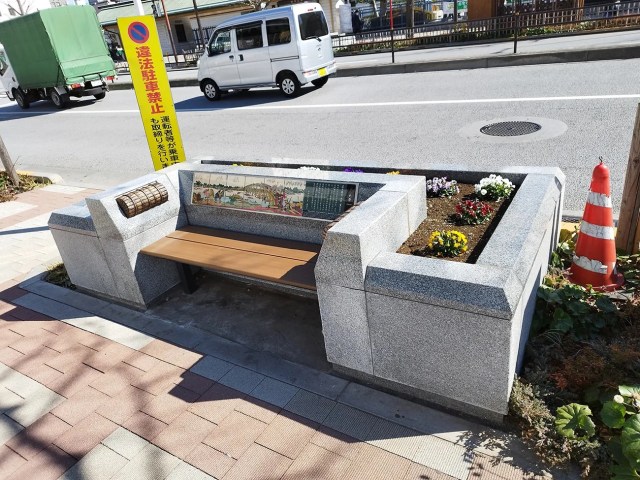
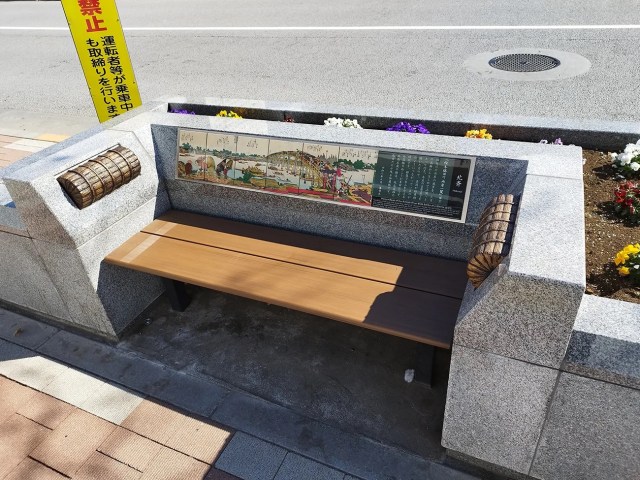
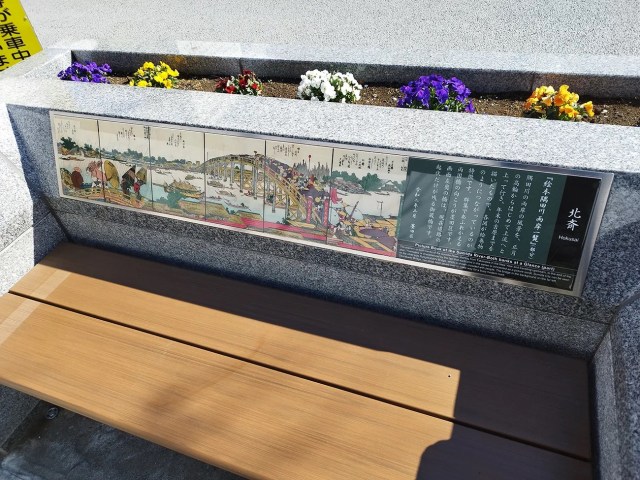
 Character created by Hayao Miyazaki pops up on manhole covers in Ghibli Museum neighbourhood
Character created by Hayao Miyazaki pops up on manhole covers in Ghibli Museum neighbourhood Pokémon manhole covers are taking over streets in Japan!
Pokémon manhole covers are taking over streets in Japan! Finally! First-ever Pokémon manhole covers installed in downtown Tokyo
Finally! First-ever Pokémon manhole covers installed in downtown Tokyo Pokémon manhole covers make their debut in Japan’s Aomori Prefecture
Pokémon manhole covers make their debut in Japan’s Aomori Prefecture Eight new Pokémon manhole covers featuring Vulpix spawn in snowy Hokkaido Prefecture
Eight new Pokémon manhole covers featuring Vulpix spawn in snowy Hokkaido Prefecture Japan’s new difficult-to-drink-from beer glass protects your liver, but it’s a brutal experience
Japan’s new difficult-to-drink-from beer glass protects your liver, but it’s a brutal experience How to order snacks on a Shinkansen bullet train in Japan
How to order snacks on a Shinkansen bullet train in Japan Demon Slayer: Kimetsu no Yaiba gets new roller coaster attractions and food at Universal Studios Japan
Demon Slayer: Kimetsu no Yaiba gets new roller coaster attractions and food at Universal Studios Japan New Pokémon ice cream, dessert drinks, and cool merch coming to Baskin-Robbins Japan【Pics】
New Pokémon ice cream, dessert drinks, and cool merch coming to Baskin-Robbins Japan【Pics】 Burger King Japan suddenly adds Dr. Pepper and Dr. Pepper floats to its menu nationwide
Burger King Japan suddenly adds Dr. Pepper and Dr. Pepper floats to its menu nationwide Hello, cosmetics! Clinique teams up with Hello Kitty this summer for first-time collaboration
Hello, cosmetics! Clinique teams up with Hello Kitty this summer for first-time collaboration “The most Delicious Cup Noodle in history” – Japan’s French Cup Noodle wins our heart【Taste test】
“The most Delicious Cup Noodle in history” – Japan’s French Cup Noodle wins our heart【Taste test】 To combat declining birth rate, Japan to begin offering “Breeding Visas” to foreigners
To combat declining birth rate, Japan to begin offering “Breeding Visas” to foreigners Starbucks teams up with Japanese shochu brewery for a whole new coffee experience
Starbucks teams up with Japanese shochu brewery for a whole new coffee experience Studio Ghibli releases giant Totoro plushies in Japan
Studio Ghibli releases giant Totoro plushies in Japan Nintendo history you can feel – Super NES, N64, and GameCube controllers become capsule toys
Nintendo history you can feel – Super NES, N64, and GameCube controllers become capsule toys Starbucks releases a cute Frappuccino and Unicorn Cake…but not in Japan
Starbucks releases a cute Frappuccino and Unicorn Cake…but not in Japan Kyoto Tower mascot termination reveals dark side behind cute Japanese characters
Kyoto Tower mascot termination reveals dark side behind cute Japanese characters McDonald’s Japan’s Soft Twist Tower: A phantom ice cream only sold at select branches
McDonald’s Japan’s Soft Twist Tower: A phantom ice cream only sold at select branches Yabai Ramen: What makes this Japanese ramen so dangerous?
Yabai Ramen: What makes this Japanese ramen so dangerous? Finally! Nintendo Japan expands Switch 8-bit controller sales to everybody, Online member or not
Finally! Nintendo Japan expands Switch 8-bit controller sales to everybody, Online member or not Japanese government wants to build luxury resorts in all national parks for foreign tourists
Japanese government wants to build luxury resorts in all national parks for foreign tourists 10 things you should buy at 7-Eleven in Japan
10 things you should buy at 7-Eleven in Japan Studio Ghibli releases anime heroine cosplay dresses that are super comfy to wear
Studio Ghibli releases anime heroine cosplay dresses that are super comfy to wear Woman charged for driving suitcase without a license in Osaka
Woman charged for driving suitcase without a license in Osaka Studio Ghibli unveils My Neighbour Totoro miniature house model
Studio Ghibli unveils My Neighbour Totoro miniature house model Kyoto experiencing problems with foreign tourists not paying for bus fares, but not on purpose
Kyoto experiencing problems with foreign tourists not paying for bus fares, but not on purpose Fighting mild hunger with a Japanese soda that turns into jelly in the stomach【Taste test】
Fighting mild hunger with a Japanese soda that turns into jelly in the stomach【Taste test】 Studio Ghibli’s Howl’s Moving Castle tapestry unveiled in Japan for first time
Studio Ghibli’s Howl’s Moving Castle tapestry unveiled in Japan for first time McDonald’s new Happy Meals offer up cute and practical Sanrio lifestyle goods
McDonald’s new Happy Meals offer up cute and practical Sanrio lifestyle goods Sales of Japan’s most convenient train ticket/shopping payment cards suspended indefinitely
Sales of Japan’s most convenient train ticket/shopping payment cards suspended indefinitely Sold-out Studio Ghibli desktop humidifiers are back so Totoro can help you through the dry season
Sold-out Studio Ghibli desktop humidifiers are back so Totoro can help you through the dry season Japanese government to make first change to romanization spelling rules since the 1950s
Japanese government to make first change to romanization spelling rules since the 1950s Foreigner’s request for help in Tokyo makes us sad for the state of society
Foreigner’s request for help in Tokyo makes us sad for the state of society Ghibli founders Toshio Suzuki and Hayao Miyazaki contribute to Japanese whisky Totoro label design
Ghibli founders Toshio Suzuki and Hayao Miyazaki contribute to Japanese whisky Totoro label design Doraemon found buried at sea as scene from 1993 anime becomes real life【Photos】
Doraemon found buried at sea as scene from 1993 anime becomes real life【Photos】 Tokyo’s most famous Starbucks is closed
Tokyo’s most famous Starbucks is closed Princesses, fruits, and blacksmiths: Study reveals the 30 most unusual family names in Japan
Princesses, fruits, and blacksmiths: Study reveals the 30 most unusual family names in Japan Beautiful Sailor Moon manhole cover coasters being given out for free by Tokyo tourist center
Beautiful Sailor Moon manhole cover coasters being given out for free by Tokyo tourist center Manhole Holy War breaks out in Tokyo, winners get money and help repair city infrastructure
Manhole Holy War breaks out in Tokyo, winners get money and help repair city infrastructure Yokohama’s “Manhole Actress” becomes spokesperson for city’s sewage system
Yokohama’s “Manhole Actress” becomes spokesperson for city’s sewage system Japan’s new manhole cover T-shirts let you show off your local prefectural pride
Japan’s new manhole cover T-shirts let you show off your local prefectural pride Brand-new Pikachu manhole covers coming to Japanese city to celebrate Pokémon World Championships
Brand-new Pikachu manhole covers coming to Japanese city to celebrate Pokémon World Championships Kyoto now has Pokémon manhole covers as Generation 2 comes to the real-life Johto region
Kyoto now has Pokémon manhole covers as Generation 2 comes to the real-life Johto region Japan’s Pokémon manhole covers travel to you in new line of mugs, replicas, and other merch【Pics】
Japan’s Pokémon manhole covers travel to you in new line of mugs, replicas, and other merch【Pics】 Brand-new Pokémon manhole covers have Sandshrew welcoming you to an often forgotten part of Japan
Brand-new Pokémon manhole covers have Sandshrew welcoming you to an often forgotten part of Japan Pokémon come to real-life Johto region with new Pokémon manhole covers for Nara【Pics】
Pokémon come to real-life Johto region with new Pokémon manhole covers for Nara【Pics】 Resol Poshtel: Cheap capsule hotel in Tokyo is a hit with overseas visitors, and we find out why
Resol Poshtel: Cheap capsule hotel in Tokyo is a hit with overseas visitors, and we find out why Miyazaki Prefecture celebrated Exeggutor Day by installing nine more Exeggutor-themed Pokéfuta
Miyazaki Prefecture celebrated Exeggutor Day by installing nine more Exeggutor-themed Pokéfuta Five new Pokémon manhole covers arrive in Tottori Prefecture, now with one in every municipality
Five new Pokémon manhole covers arrive in Tottori Prefecture, now with one in every municipality Saitama Prefecture scores its first Pokémon manhole covers in Tokorozawa City
Saitama Prefecture scores its first Pokémon manhole covers in Tokorozawa City Pathetically weak Magikarp shown love with Pokémon manhole covers in birthplace of koi culture
Pathetically weak Magikarp shown love with Pokémon manhole covers in birthplace of koi culture Tochigi Prefecture’s three new Pokéfuta are the first in the north of Japan’s Kanto region
Tochigi Prefecture’s three new Pokéfuta are the first in the north of Japan’s Kanto region Japanese prefecture that named a Pokémon as its governor to install 16 new Pokémon manholes
Japanese prefecture that named a Pokémon as its governor to install 16 new Pokémon manholes
Leave a Reply